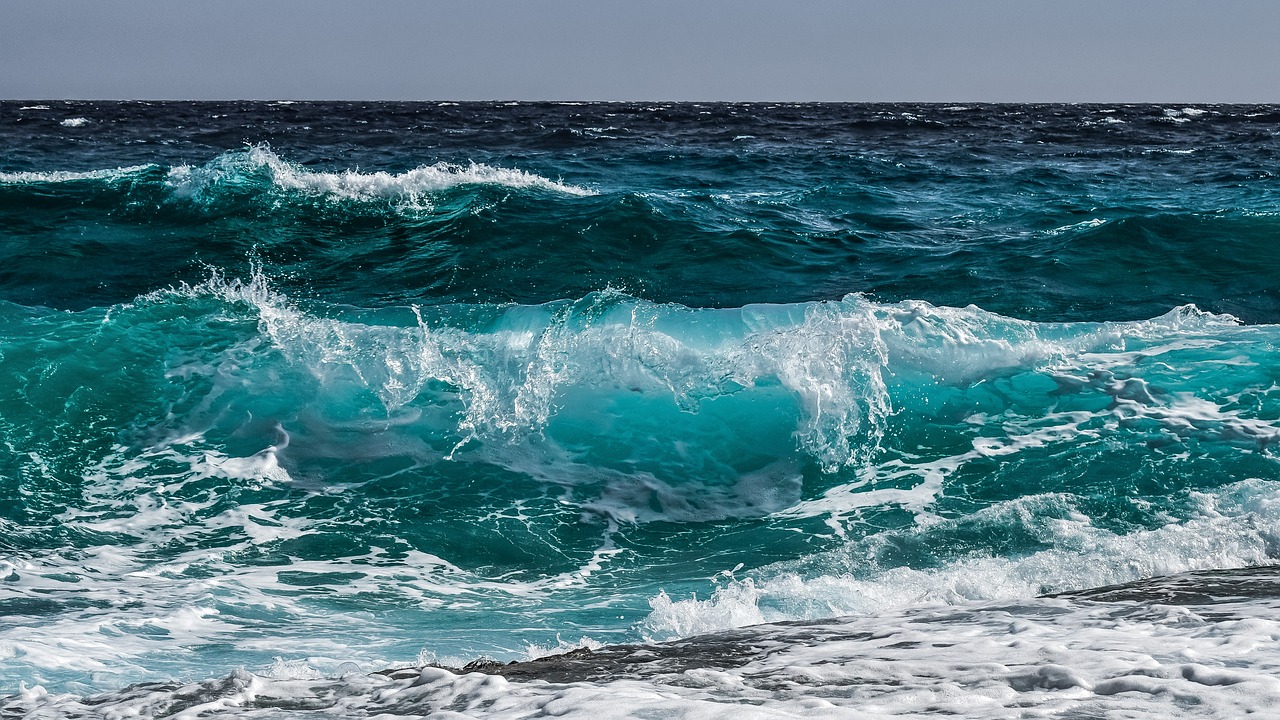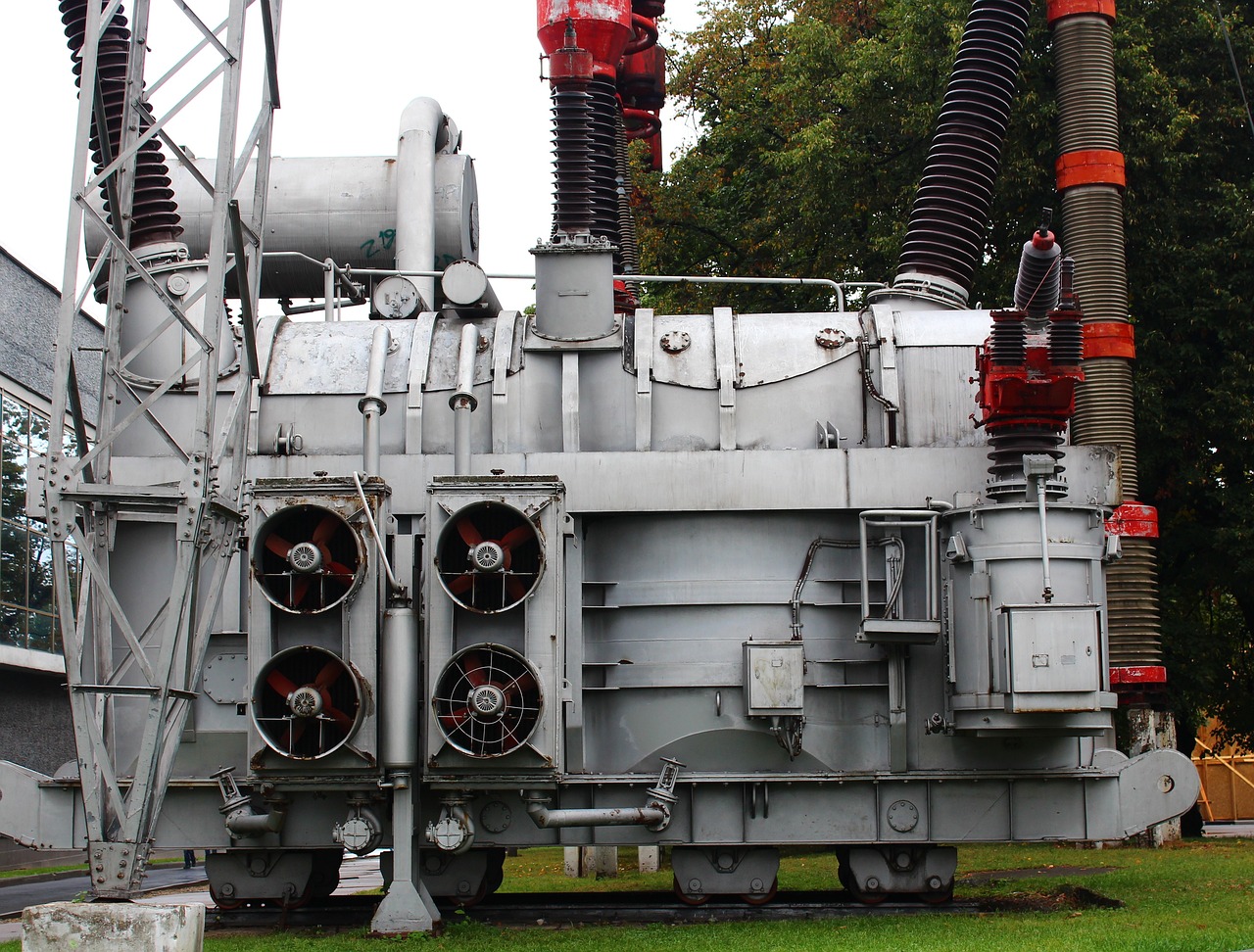
Energy from the seas is a renewable energy source.
An energy source is a resource that allows a chemical or physical phenomenon to be harnessed for a purpose. It is about what makes the exploitation of a certain form of energy possible.
It is important to indicate that energy is understood as the ability to carry out a task or a transformation . Typically, the notion is associated with the natural resource that contains that potential and the means that make its extraction and use feasible.
Importance of energy sources
Energy sources are essential for life. They allow human beings to satisfy basic needs such as keeping warm and cooking food, in addition to traveling long distances in vehicles.
A heater , an oven, a car and an airplane, for example, operate thanks to different types of energy sources. The same goes for lighting.
In one way or another, most work and industrial activities require a source of energy. The windmills that were used more than a millennium ago and today's most modern computers share the need to demand energy for their operation.
Classification according to type
The classification of energy sources can be developed in different ways depending on the criterion chosen. The most popular distinction is between renewable energies and non-renewable energies .
A renewable energy source cannot be exhausted due to its regeneration capacity or the enormous amount of energy it possesses. Solar energy , wind energy , geothermal energy , and biomass energy are renewable energies.
A non-renewable energy source, on the other hand, has limited availability: it can run out due to the use of all reserves or the lack of viability of its extraction . Fossil energy ( oil , natural gas and coal ) and nuclear energy make up this set.

An electric generator can be powered by different energy sources.
The sun, source of energy
The sun is a very important renewable energy source. Every day, about 174,000 terawatts reach planet Earth in the form of radiation . Of the total amount of sunshine, a percentage close to 30% ends up returning to space.
The photoelectric cell , also mentioned as photovoltaic cell , solar cell , solar cell or photocell , is the device used to convert light energy from the sun into electrical energy . Generally, these cells are assembled into a solar panel , also known as a photovoltaic plate or module , which enables home or industrial use of energy.
Wind use
The wind can be used to generate another type of sustainable energy: so-called wind energy . In this case, the kinetic energy of the air is transformed into electricity .
A wind turbine can feed a wind turbine to produce electrical energy. These turbines , however, are also used to pump water or to power a windmill, to mention other possibilities.
By grouping multiple wind turbines in the same space, a wind farm is developed. Typically, these parks are installed on land, although there are marine parks.

The energy independence of a country depends largely on the energy sources it uses.
Energy sources in the electrical grid
The electrical grid is the infrastructure that helps electricity reach the consumer, both residential and industrial. This network has its starting point in generating plants that can use different energy sources.
These plants can exploit fossil energy, solar energy , wind energy , nuclear energy or other types. For the user to be able to use it, energy transport and energy conversion need to be carried out.
Installed capacity is key so that energy demand can be satisfied. It is common that, when a demand peak occurs with very high energy consumption, the electrical network cannot cope and there are supply cuts. Therefore, especially in times of high consumption, energy saving is usually promoted.
To guarantee access to electricity, the State intervenes in the energy market , regulating electricity rates. The energy policy of a country also usually contemplates various measures to promote the adoption of clean energy sources or green energy, with a lower ecological impact compared to dirty energy or gray energy.
Climate change
The climate change that, according to scientific consensus, is currently underway has a lot to do with the energy sources that are used. The use of fossil fuels produces greenhouse gas emissions , such as carbon dioxide, nitrous oxide, and methane.
While a part of the solar radiation that passes through the atmosphere heats the ground, another percentage is reflected and returns to space. The greenhouse effect occurs because the radiation fails to leave the atmosphere again since it is retained by the aforementioned gases found in the environment, causing an increase in the temperature on Earth .
It can be stated, therefore, that when fossil fuels are used as a source of energy, global warming is encouraged. Energy and the environment must be in tune to reduce the negative impact on ecosystems and life in general.
The authorities, in this context, must promote energy innovation and the development of alternative energies . Minimizing dependence on fossil fuels is key to protecting the planet.
The pressures from various actors in the energy sector and the need to keep the economy going mean that these changes do not occur with the speed that the situation demands. The investment required is high and profitability is not always assured, so State management is vital to achieve balance.
